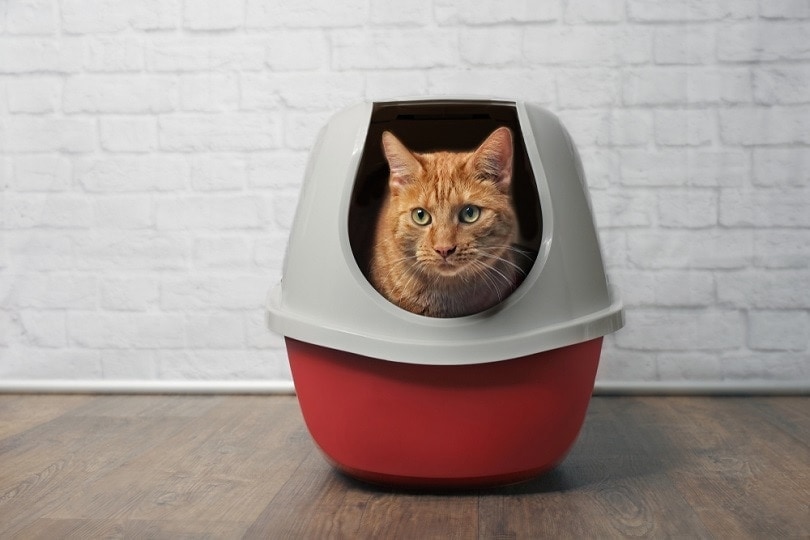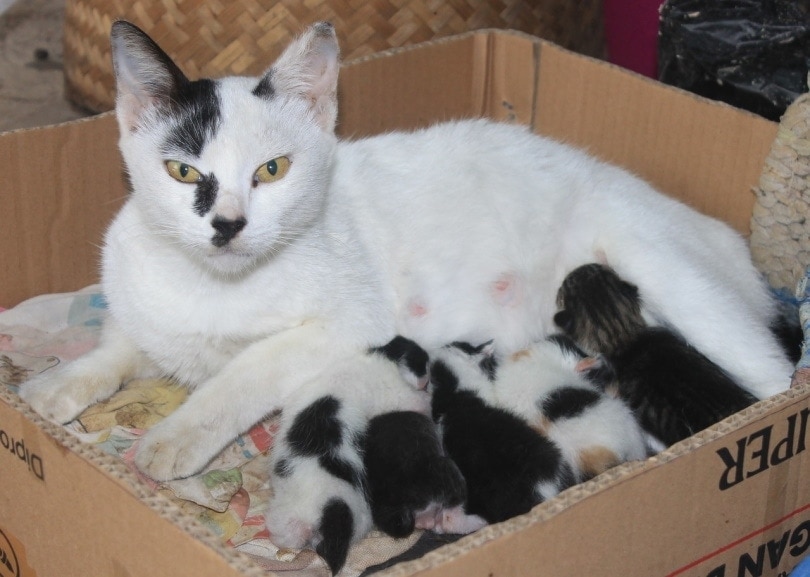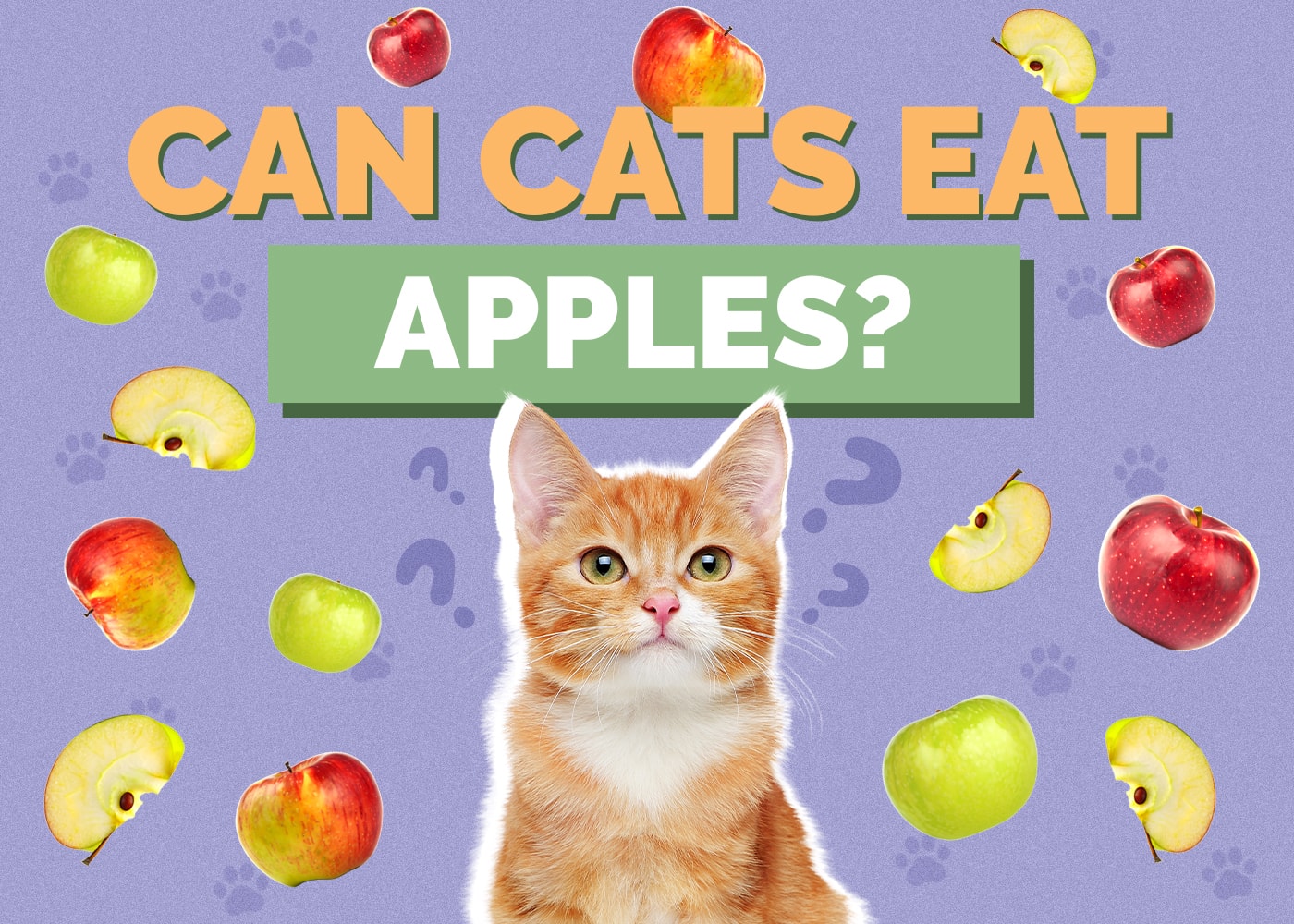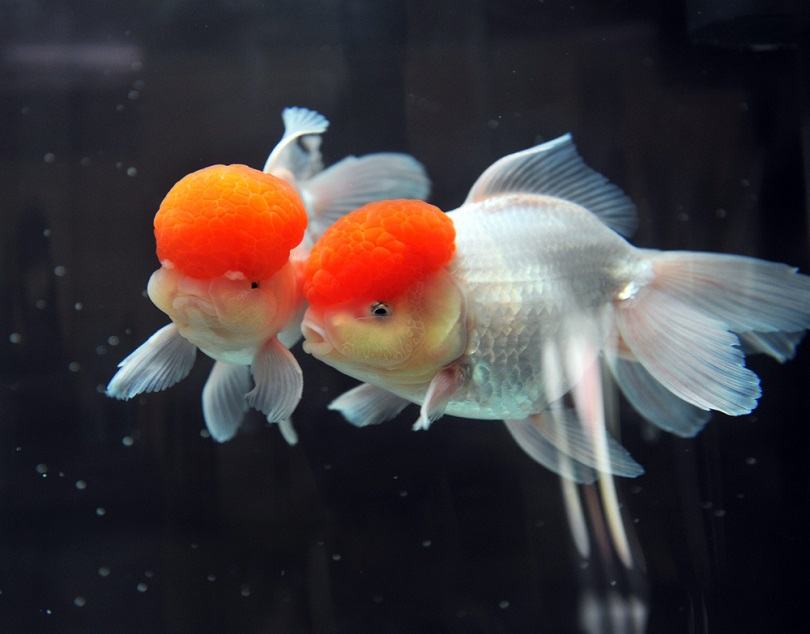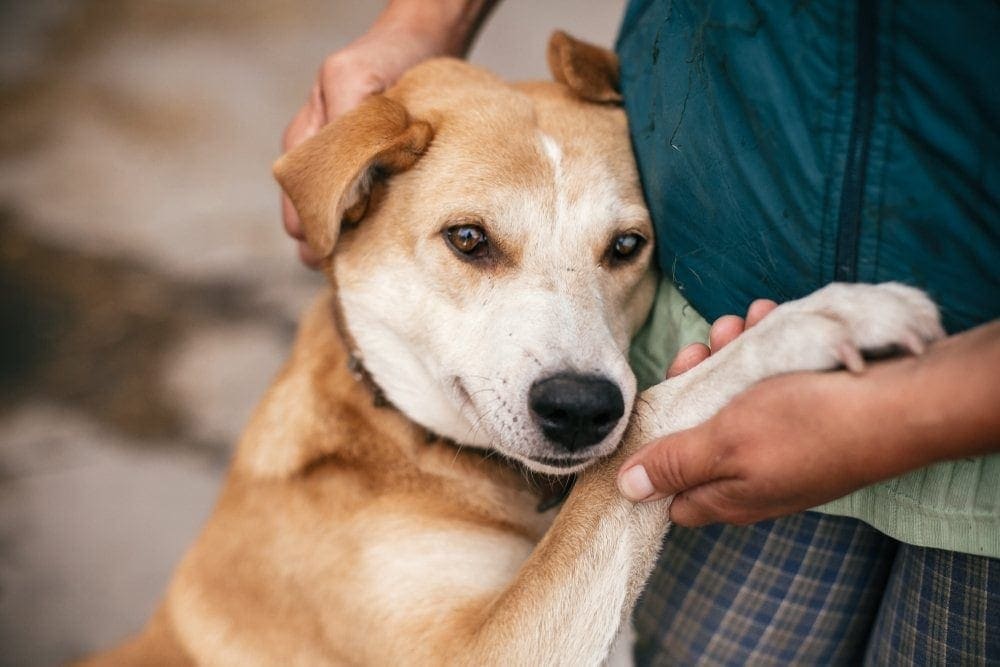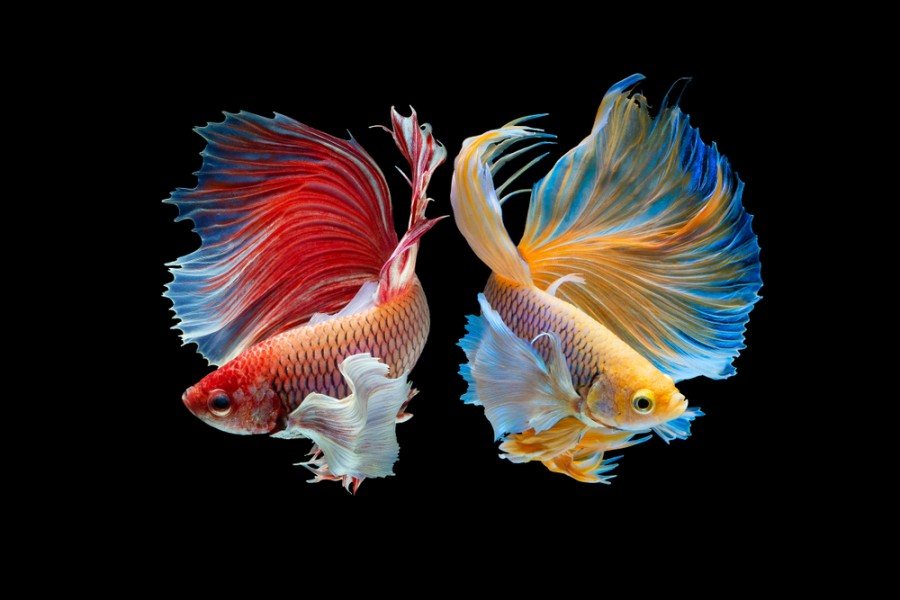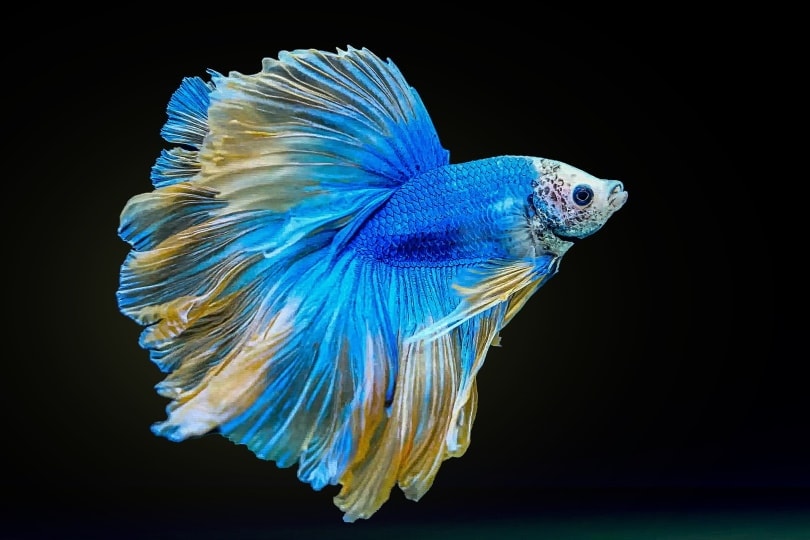5 Raw Cat Food Recipe Ideas: Vet Approved, Easy, & Nutritious

Updated on
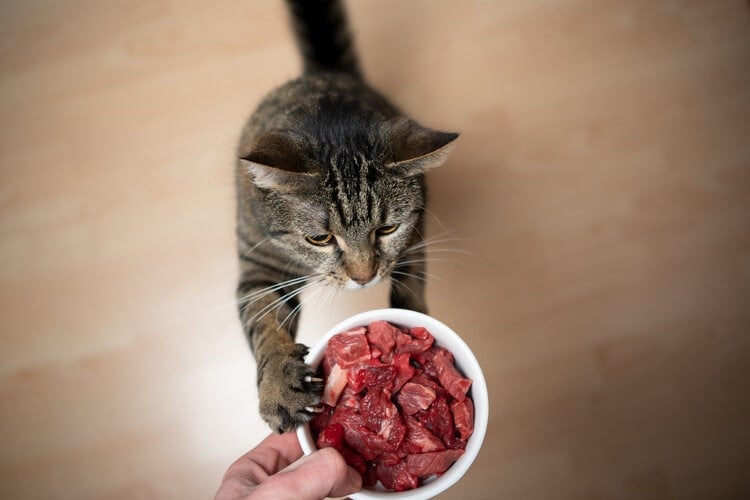
Raw food diets have become popular among pet parents, and cat owners around the world are switching to raw foods for their cats due to the better nutritional value and lack of unnecessary ingredients like grains and other fillers. There are some great raw cat food companies out there to choose from, but the meals can be pricey, and a lot of owners are now making raw meals for their pets themselves.
Luckily, making raw food meals for your cat is fairly easy; it contains only a few ingredients and requires very little or no cooking. Without further ado, here are five great raw cat food recipes for you to try!
The 5 Raw Cat Food Recipes
1. Simple Raw Chicken Recipe

Simple Raw Chicken Recipe
Equipment
- Meat grinder
- Mixing bowl
Ingredients
Instructions
- At room temperature, remove at least half the skin of the unfrozen, raw chicken thighs, or all of it if you’re trying to reduce fats in your cat’s diet. This recipe includes the bones, so you’ll need a grinder, but you can also remove some of the bones if you prefer. Rinse the meat thoroughly and feed it through your grinder along with the hearts and livers.
- Place the taurine, along with any other supplements you prefer, into a mixing bowl with the water and egg. Then add the ground meat and mix thoroughly. You can then portion out the food and freeze it to use as needed.
2. Chicken and Salmon Recipe
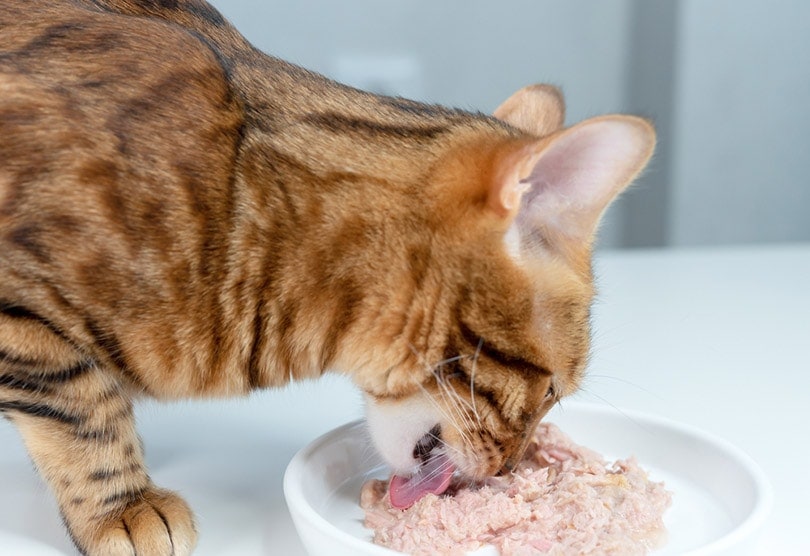
- Servings: 14-18
- Directions:
You’ll again need a meat grinder or a very strong blender like a Vitamix for this recipe. Blend all the organ meats with water first, then gradually add the chicken and salmon, eggs, and taurine. Divide into portions for 1-2 days and freeze the remainder.
3. Raw Beef and Chicken Recipe (No Grinder Required)
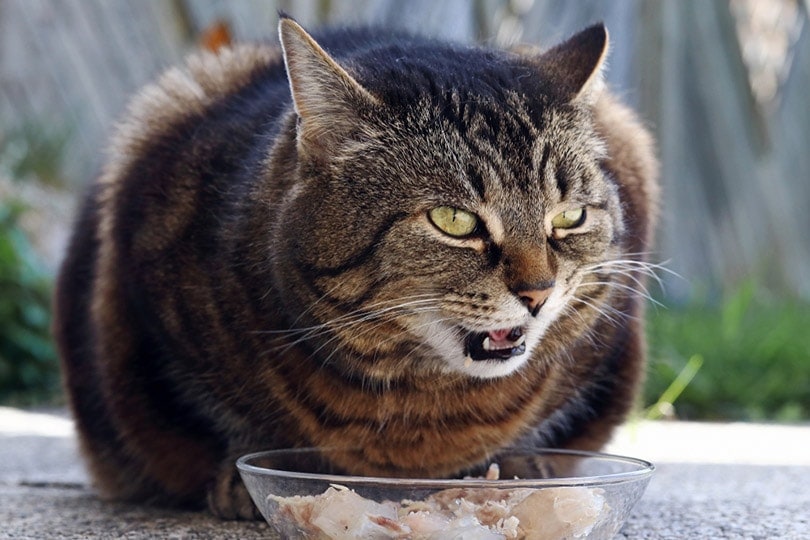
- Servings: enough for 27 days/52 serving
- 2 pounds ground beef
- 1/2 pound chicken livers
- 1 pound chicken hearts
- 1 pound chicken wings with bones
- 2 pounds ground tuna (canned with no oil or salt)
- 1 pound sardines (canned with no oil or salt)
- 5 egg yolks
- 2700 mg taurine
- 230 UI or 200 mg Vit E as d-alpha Tocophelor (1/2 cap approximately)
- 2 tsp Lite Salt
- 500 mg B complex (1 cap)
- Directions:
We love the simplicity of this recipe as there is no grinder or additional supplements required. Simply cut all the meat into small, bite-sized pieces, and then add in the tuna and sardines and mix thoroughly. Portion out a couple of servings and store the rest in the freezer.
4. Boneless Raw Food Recipe
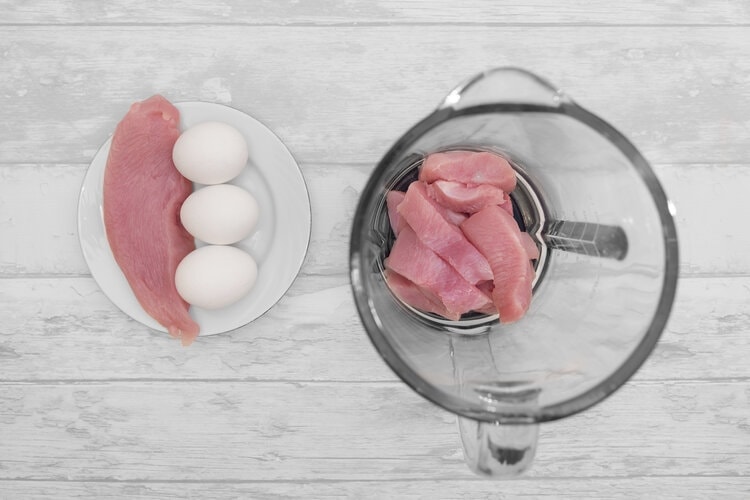
- Servings: 6 days/12 servings
- 1 pound boneless protein (chicken, beef, turkey)
- 3 oz chicken hearts
- 1.5 oz chicken livers
- 6 oz chicken kidneys
- 1 teaspoon finely ground eggshells
- 4,000 mg salmon oil
- 1 large egg yolk
- 1,000 mg taurine
- 0.5 tsp. eggshell powder
- 1/2 cap B complex
- 50 UI or 33 mg of Vitamin E as d-alpha Tocopherol
- 1/3 tsp Lite Salt
- Directions:
This completely balanced recipe is again quick and simple as there are no bones and thus no need for a grinder or blender, although a grinder does make the processing far easier. You’ll need to cut the raw meat up into small, bite-sized portions (larger is fine if you are grinding) and mix it all into a bowl. Mix in the salmon oil and egg yolk, and possibly a touch of water if needed. Lastly, add the eggshell powder and 1,000 mg of taurine.
5. Balanced Raw Recipe
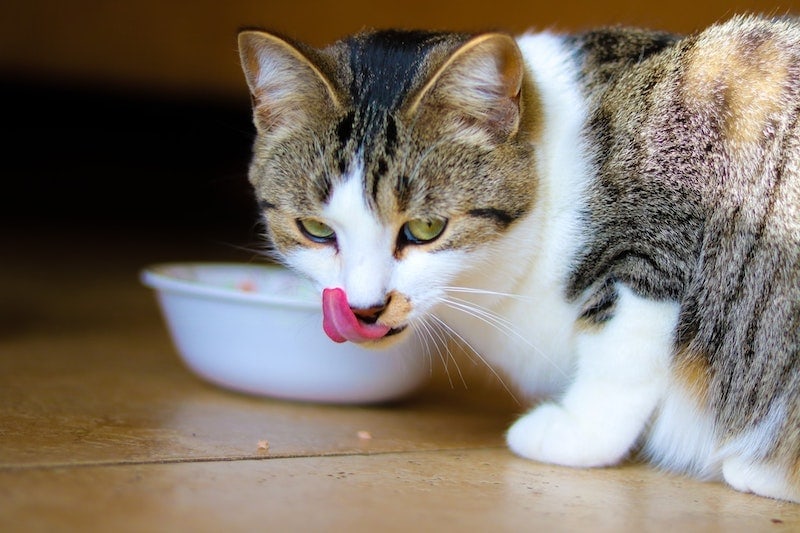
- Servings: 10 days/20 servings
- 3 pounds whole chicken or rabbit (including bones, organs, and skin)
- 2 egg yolks
- 1 cup water
- 6,000 mg salmon oil
- 400 IU vitamin E
- 1/2 cap vitamin B-complex
- 2,000 mg taurine
- Directions:
Grind up the whole chicken along with the water and add in the egg yolks. Once mixed, gradually mix in the salmon oil followed by the supplements, portion, and freeze.
Tips For Feeding Raw Food to Your Cat
A raw food diet is a great option for cats, but, as with any diet, you will need to make sure your cat is getting all the required nutrients they need to thrive. In some cases, you may need to add supplements, especially taurine, and include bones or eggshells for calcium and other minerals.
With a raw diet, you’ll need to feed your cats what’s known as a “nose to tail” diet, which means including bones, organs, and muscles in their meals. As obligate carnivores, cats need protein from meat or fish, along with the associated amino acids like taurine and omega fatty acids to thrive. They also need essential vitamins like B12 and minerals like calcium and phosphorus. While nutrients can be obtained from organ meats, muscle meats, and bones, the amounts vary a lot and it is necessary to supplement according to the recipe you choose. Cats have little need for carbohydrates, so the raw diet is species-appropriate because it passes on proteins and has a high moisture content.
If you’re making raw food for your cat at home, it’s vital to obtain the meat from a trusted source and make sure to prepare it on a clean, preferably metal surface, and clean thoroughly again afterward. This is due to the very real risk of salmonella, both for you and your cat.
Preparing homemade cat food can be a great way to ensure your cat receives the nutrition they need to thrive, and serving it in the right dish is also an important aspect of nurturing their health. Our Hepper NomNom Cat Bowl was designed with feline well-being in mind, featuring shallow, wide, whisker-friendly dishes and slight elevation, promoting great posture and eating habits. Best of all, this bowl is dishwasher safe, meaning the all-important clean-up after each meal is simple.
Conclusion
There’s a lot of controversy surrounding raw diets for cats, largely due to the risk of disease transmission but also due to fear of inadequate nutrition. This is certainly a risk; therefore, you need to carefully select fresh ingredients from a reliable source and supplement the diet accordingly. A healthy, active adult cat without any special dietary requirements should thrive on any of the above recipes, however, if your cat is used to commercially processed food, the transition should be done gradually. Make sure you obtain your meat from a trusted source and clean your surfaces and utensils thoroughly to reduce the risk of disease.
See Also:
- Can Cats Eat Raw Meat? Vet-Reviewed Nutrition Facts & FAQ
- Can Cats Eat Chicken Gizzards? Vet-Approved Facts & FAQ
Featured Image Credit: Nils Jacobi, Shutterstock




